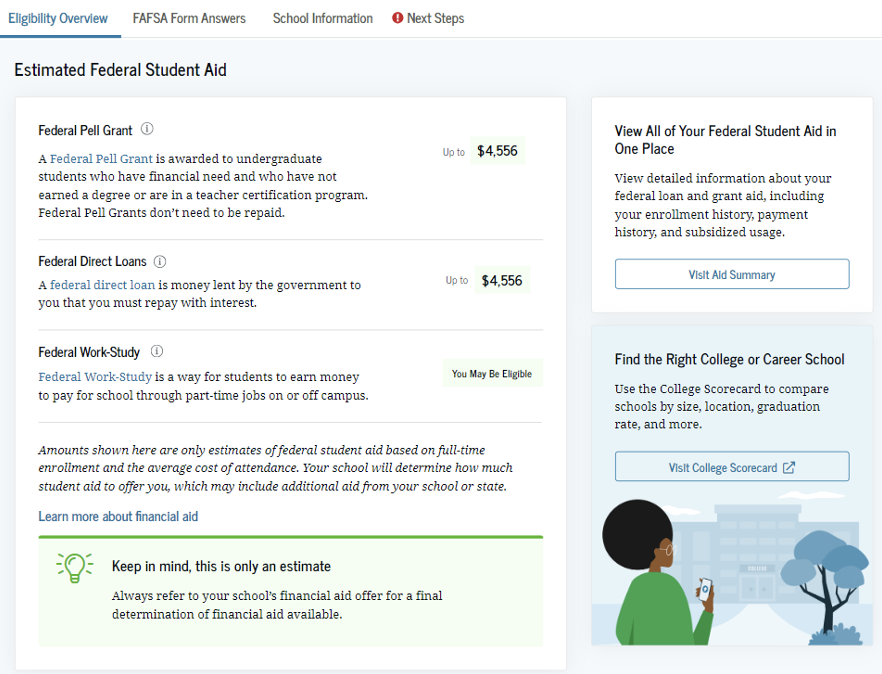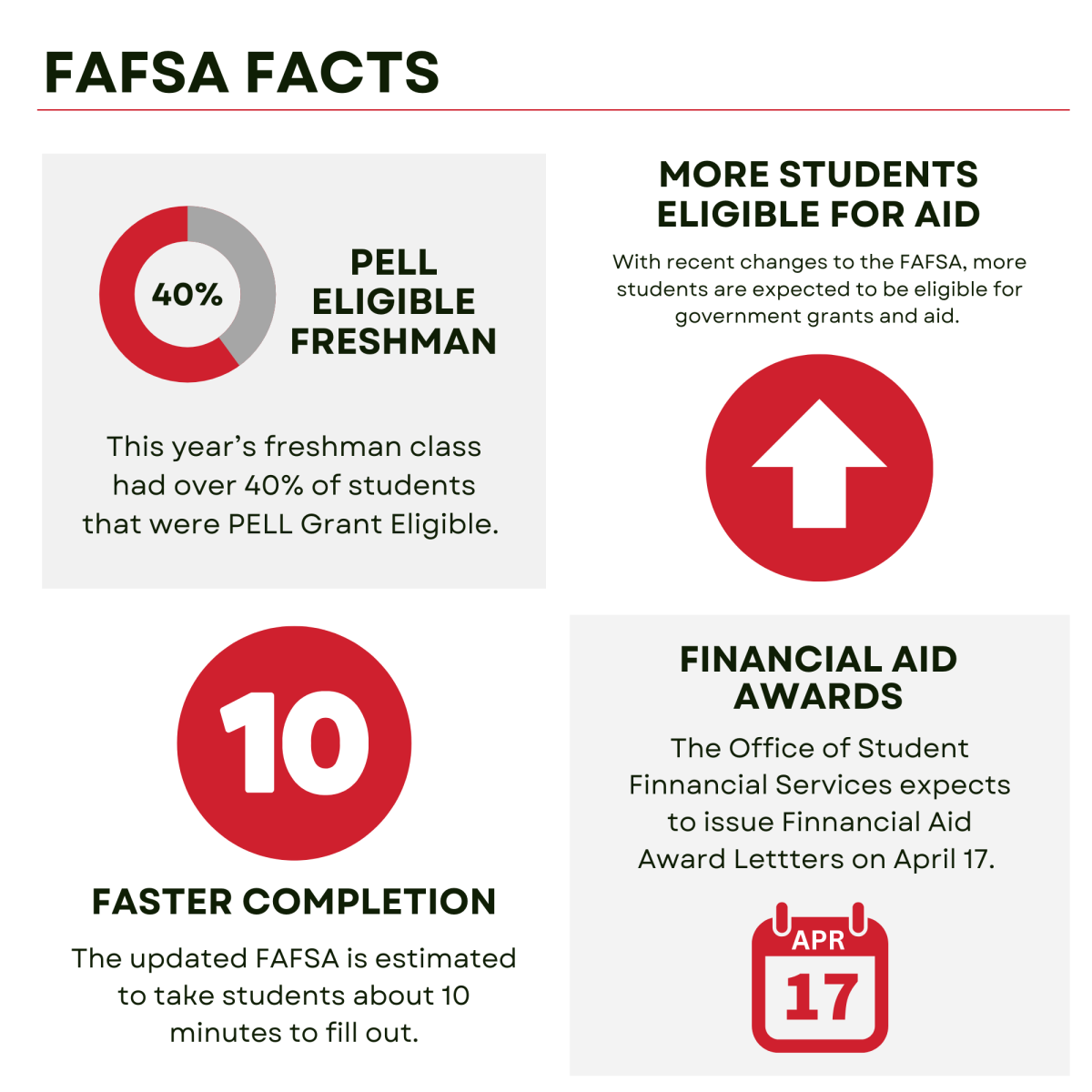By PHILIP ELLIOTT
(WASHINGTON, AP) — Lower interest rates on all student loans are in sight.
The Senate was set to take up a bill Wednesday that would link interest rates to the financial markets, providing lower rates for all college students this fall but perhaps prescribing higher rates in the years ahead. Critics, including liberal Democrats and student groups, call the White House-backed proposal a bait-and-switch measure that would cost future students.
“Rates on every single new college loan will come down this school year, offering relief to nearly 11 million borrowers,” Education Secretary Arne Duncan said Tuesday as he urged lawmakers to vote on the provision that the White House estimates would save the average undergraduate $1,500 in interest charges.
The measure would cost future students, however, if the economy improves as expected and interest rates climb.
Interest rates on subsidized Stafford loans doubled to 6.8 percent on July 1 because lawmakers could not agree on a way to keep rates at 3.4 percent. A bipartisan compromise emerged that would overhaul the entire federal loan system before students start signing their loan agreements for fall classes.
Under the deal, undergraduates this fall could borrow at a 3.9 percent interest rate. Graduate students would have access to loans at 5.4 percent, and parents would be able to borrow at 6.4 percent. Those rates would climb as the economy improves and it becomes more expensive for the government to borrow money.
The compromise could be a good deal for students through the 2015 academic year, but then interest rates are expected to climb above where they were when students left campus in the spring, if congressional estimates prove correct.
As part of the compromise, Democrats won a protection for students that capped rates at a maximum 8.25 percent for undergraduates. Graduate students would not pay rates higher than 9.5 percent, and parents’ rates would top out at 10.5 percent.
Using Congressional Budget Office estimates, rates would not reach those limits in the next 10 years.
The bipartisan compromise negotiated in the Senate closely hews to what House Republicans passed earlier this year — a sticking point for some liberals.
“At a time when Democrats control the White House and the U.S. Senate, we should not support bad legislation almost identical to that passed by a very conservative, Republican-led House,” said Sen. Bernie Sanders, a Vermont independent who caucuses with Democrats.
Most Senate Republicans who pushed for interest rates to be linked to the financial markets were likely to vote for the measure, which was negotiated by Democratic Sen. Joe Manchin of West Virginia and GOP Sens. Richard Burr of North Carolina and Lamar Alexander of Tennessee, the top Republican on the Senate education panel.
Democrats, who control the chamber, have been the most vocal critics. Sen. Jack Reed of Rhode Island pushed for an extension of the current 3.4 percent rate so lawmakers could address the subject this fall during the revision of the Higher Education Act. Sen. Elizabeth Warren of Massachusetts has objected to students paying higher interest rates than the Federal Reserve offers to big banks.
“I understand that compromise isn’t always pretty, but there isn’t any compromise in this bill,” Warren said last week when the deal was announced.
“In fact, I think the whole system stinks,” she added during a speech on the Senate floor.
Sen. Patty Murray, D-Wash., and Sen. Al Franken, D-Minn., planned to introduce an amendment that would redirect any profits made through the bill to help low-income students.
The Congressional Budget Office estimated the bill as written would reduce the deficit by $715 million over the next decade.
___
Follow Philip Elliott on Twitter at http://www.twitter.com/philip elliott
(WASHINGTON, AP) — Lower interest rates on all student loans are in sight.
The Senate was set to take up a bill Wednesday that would link interest rates to the financial markets, providing lower rates for all college students this fall but perhaps prescribing higher rates in the years ahead. Critics, including liberal Democrats and student groups, call the White House-backed proposal a bait-and-switch measure that would cost future students.
“Rates on every single new college loan will come down this school year, offering relief to nearly 11 million borrowers,” Education Secretary Arne Duncan said Tuesday as he urged lawmakers to vote on the provision that the White House estimates would save the average undergraduate $1,500 in interest charges.
The measure would cost future students, however, if the economy improves as expected and interest rates climb.
Interest rates on subsidized Stafford loans doubled to 6.8 percent on July 1 because lawmakers could not agree on a way to keep rates at 3.4 percent. A bipartisan compromise emerged that would overhaul the entire federal loan system before students start signing their loan agreements for fall classes.
Under the deal, undergraduates this fall could borrow at a 3.9 percent interest rate. Graduate students would have access to loans at 5.4 percent, and parents would be able to borrow at 6.4 percent. Those rates would climb as the economy improves and it becomes more expensive for the government to borrow money.
The compromise could be a good deal for students through the 2015 academic year, but then interest rates are expected to climb above where they were when students left campus in the spring, if congressional estimates prove correct.
As part of the compromise, Democrats won a protection for students that capped rates at a maximum 8.25 percent for undergraduates. Graduate students would not pay rates higher than 9.5 percent, and parents’ rates would top out at 10.5 percent.
Using Congressional Budget Office estimates, rates would not reach those limits in the next 10 years.
The bipartisan compromise negotiated in the Senate closely hews to what House Republicans passed earlier this year — a sticking point for some liberals.
“At a time when Democrats control the White House and the U.S. Senate, we should not support bad legislation almost identical to that passed by a very conservative, Republican-led House,” said Sen. Bernie Sanders, a Vermont independent who caucuses with Democrats.
Most Senate Republicans who pushed for interest rates to be linked to the financial markets were likely to vote for the measure, which was negotiated by Democratic Sen. Joe Manchin of West Virginia and GOP Sens. Richard Burr of North Carolina and Lamar Alexander of Tennessee, the top Republican on the Senate education panel.
Democrats, who control the chamber, have been the most vocal critics. Sen. Jack Reed of Rhode Island pushed for an extension of the current 3.4 percent rate so lawmakers could address the subject this fall during the revision of the Higher Education Act. Sen. Elizabeth Warren of Massachusetts has objected to students paying higher interest rates than the Federal Reserve offers to big banks.
“I understand that compromise isn’t always pretty, but there isn’t any compromise in this bill,” Warren said last week when the deal was announced.
“In fact, I think the whole system stinks,” she added during a speech on the Senate floor.
Sen. Patty Murray, D-Wash., and Sen. Al Franken, D-Minn., planned to introduce an amendment that would redirect any profits made through the bill to help low-income students.
The Congressional Budget Office estimated the bill as written would reduce the deficit by $715 million over the next decade.
___
Follow Philip Elliott on Twitter at http://www.twitter.com/philip elliott


